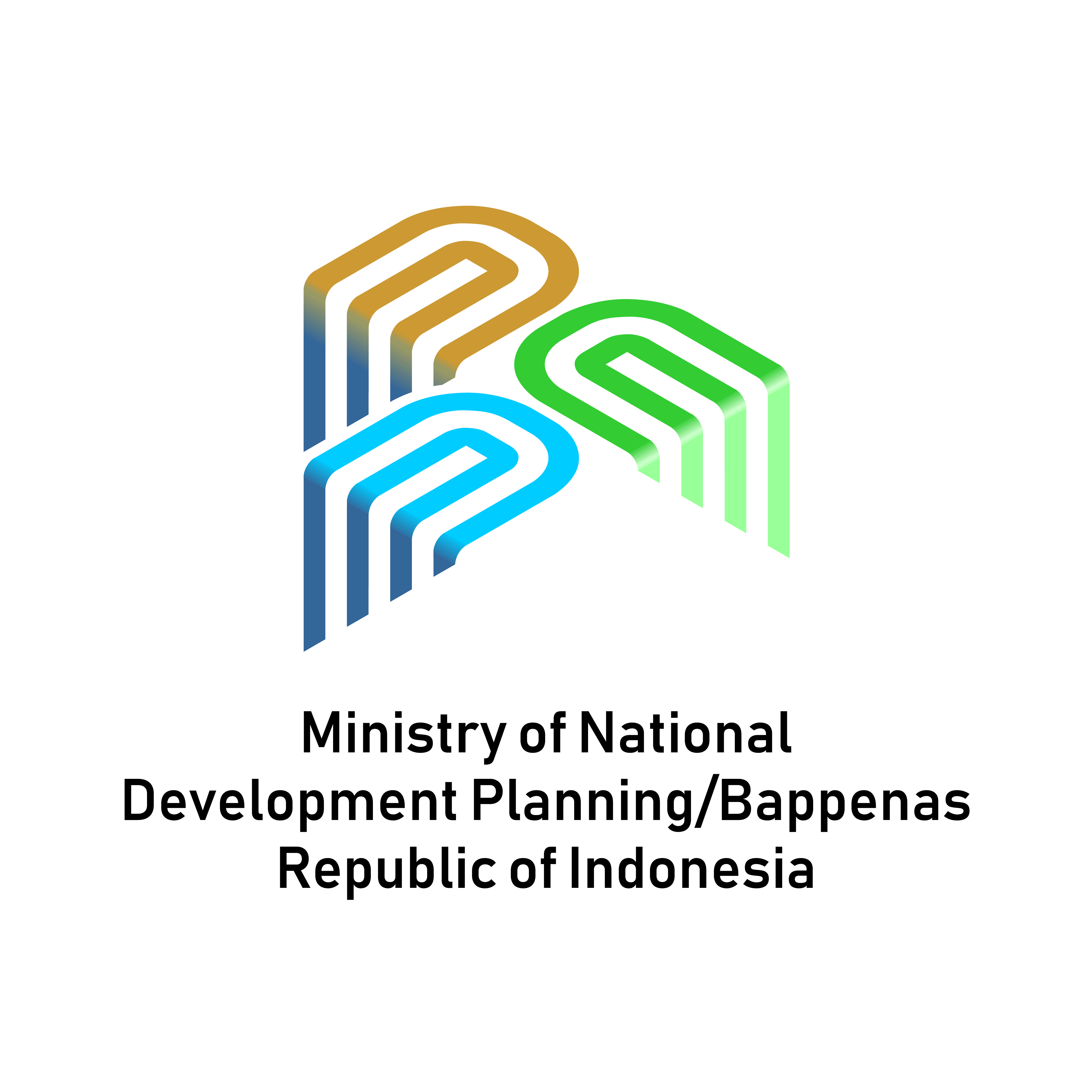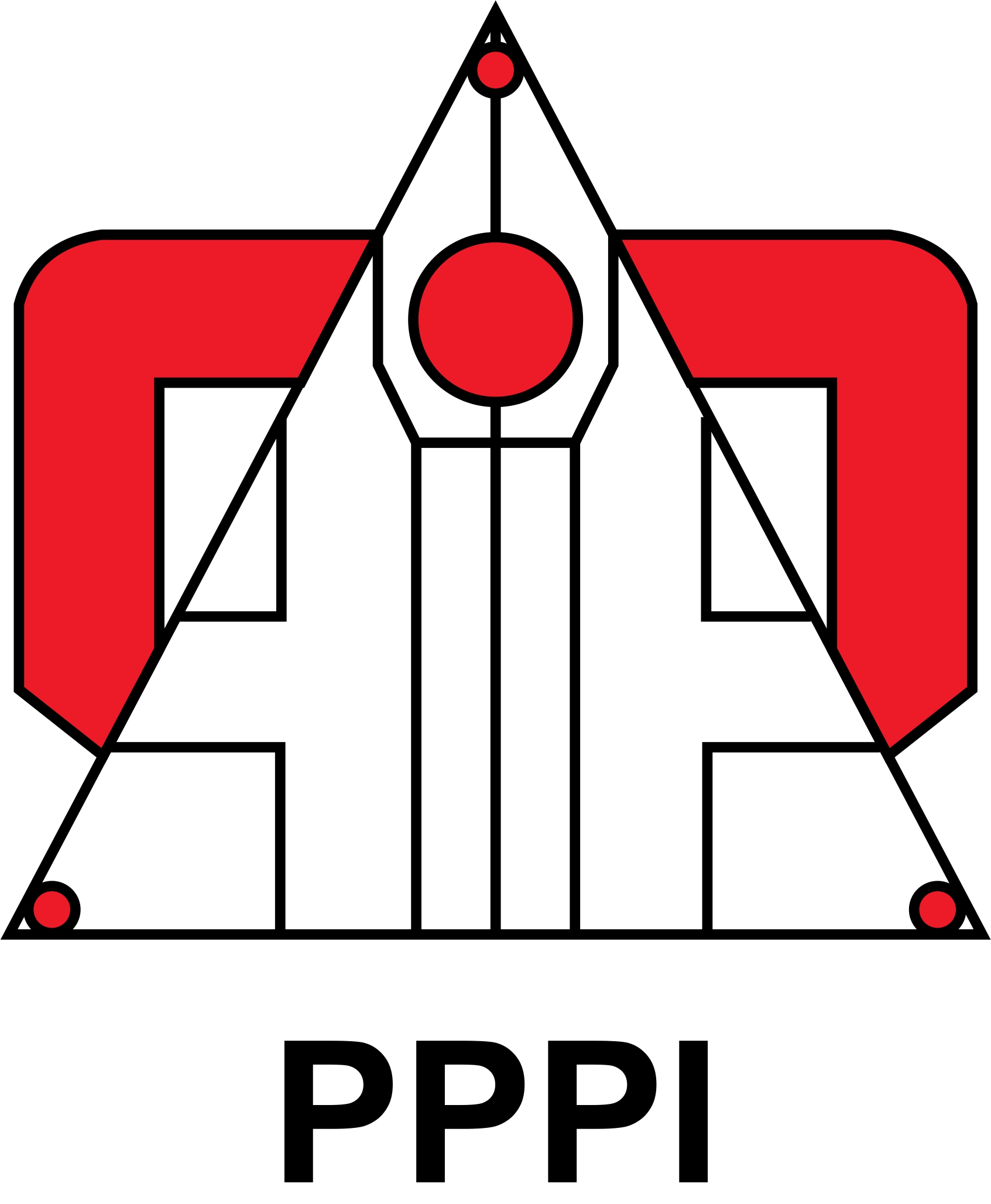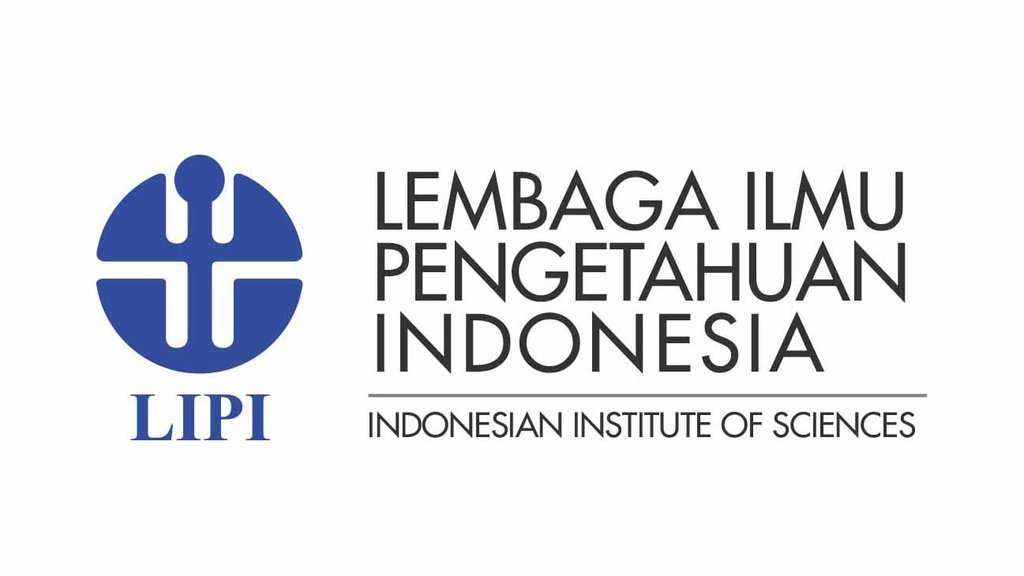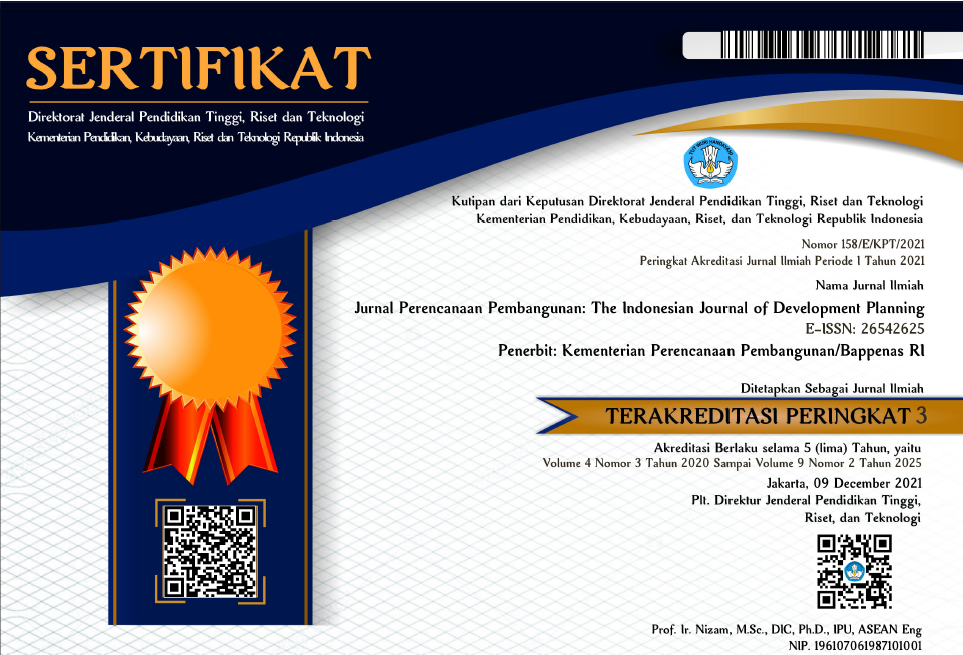Morphology of Kisaran City: The Circulation System in Urban Transformation 1929-2022
DOI:
https://doi.org/10.36574/jpp.v7i3.502Keywords:
Transformation, Morphology, Kisaran City 1929-2022Abstract
The rapid economic growth and significant urbanization in Kisaran City have posed several challenges in urban planning, including adequate housing, health facilities, education, and transportation. The city's development was also influenced by its colonial history, with the dominance of colonial power regulating the production and trade of plantation products as well as the lives of local people. The morphological transformation of the city from 1929 to 2022 reflects the challenges related to infrastructure, visual appearance, and the growth of the commercial sector, which have affected the lives of citizens and demanded the city's adaptation to the development of the times. Historical events, such as colonization by foreign powers and Chinese immigration, have affected the population growth of Kisaran and caused pressure on infrastructure and socio-economic inequality. This study aims to understand the morphology of Kisaran City and the factors that influence its transformation by using the methods of literature study, synchronic approach, and diachronic approach. The results of the study concluded that the morphological transformation of Kisaran City was influenced by the circulation system, which adapted to the needs and trends of society, and interacted with each other in forming the morphology of Kisaran City that continues to develop over time.
Downloads
References
Bentley, Lan (1999). Urban Transformation: Power, People, and Urban design. New York: Routley, Taylor & Francis Group.
Doxiadis, C. A. (1968). Ekistics: An Introduction to the Science of Human Settlements. Hutchinson of London.
Conzen, MRG. 1958. The Growth and Character of Whitby. In: Daysh GHJ (Ed) A Survey of Whitby and Surrounding Area. Eton: Shakespeare Head Press.
Conzen, M. R. G. (1960). Alnwick, Northumberland: A Study in Town-Plan Analysis. Transactions and Papers (Institute of British Geographers), 27. https://doi.org/10.2307/621094
Conzen, M.R.G. 1966. An urban historical geography: recent development in Britain. The Canadian Geographer 10, 145-166.
Lefebvre, H. (1974). The production of space. Translated by Donald Nicholson-Smith. London: Blackwell.
Kropf, D. (2017). The Potential for Artificial Intelligence to Transform the Finance Industry. Journal of Financial Economics,
Mahsun, Mohamad. 2000. Pengukuran Kinerja Sektor Publik. Jakarta: Penerbit Salemba Empat.
Moughtin, C. (1992). Urban Design: Street and Square. Butterworth Architecture, Oxford
Moudon, A. V. (1997). Urban Morphology as an Emerging Interdisciplinary Field Urban Morphology, 1(1). https://doi.org/10.51347/jum.v1i1.4047
Mumford, L. (1961). The City in History: Its Origins, Its Transformations, and Its Prospects. San Diego: Harcourt Brace Jovanovich.
Muratori, S. (1959). Studi per una operante storia urbana di Venezia (Vol. 1). Istituto poligrafico dello Stato, Libreria dello Stato.
Smailes, A. E. (1955). Some Reflections on the Geographical Description and Analysis of Townscapes. Journal of the Institute of British Geographers,
Sima, W., & Zhang, J. (2009). Sustainable urban planning: A new model. Journal of Urban Planning and Development, 135(4), 286-298.
Zahnd, M. (2008). Model Baru Perancangan Kota yang Kontekstual. In Kanisius.
Downloads
Published
How to Cite
Issue
Section
License
Copyright (c) 2023 Jurnal Perencanaan Pembangunan: The Indonesian Journal of Development Planning

This work is licensed under a Creative Commons Attribution-NonCommercial-ShareAlike 4.0 International License.
This is an open-access article distributed under the terms of the Creative Commons Attribution-NonCommercial-ShareAlike 4.0 International License. Copyright © Kementerian PPN/Bappenas RI


















